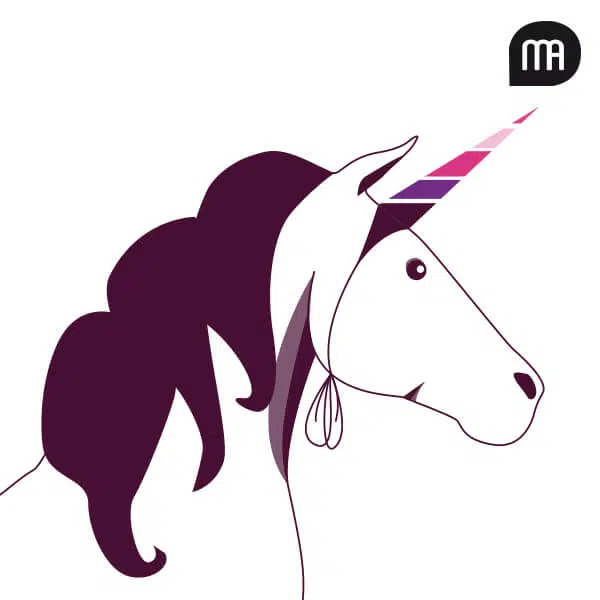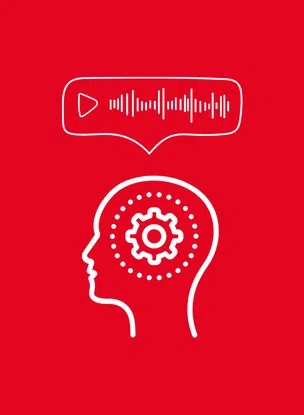 It is said that the WeWork case will be studied in business schools. The charm of this company, which specialises in co-working– the management of shared workspaces (1) – has been broken following the failure of its initial public offering (IPO), which was scheduled for September 2019. The prospectus, filed with the Securities and Exchange Commission on August 14, 2019, scared investors. In a very short period of time, the attractiveness of the company has become an example of collective hallucination, escalating engagement or other blinding phenomena. The French newspaper Libération wonders if “WeWork was only a collective hallucination” (2), while the New York Times evokes a “trance” by putting in the forefront the co-founder and former head of WeWork, Adam Neumann:
It is said that the WeWork case will be studied in business schools. The charm of this company, which specialises in co-working– the management of shared workspaces (1) – has been broken following the failure of its initial public offering (IPO), which was scheduled for September 2019. The prospectus, filed with the Securities and Exchange Commission on August 14, 2019, scared investors. In a very short period of time, the attractiveness of the company has become an example of collective hallucination, escalating engagement or other blinding phenomena. The French newspaper Libération wonders if “WeWork was only a collective hallucination” (2), while the New York Times evokes a “trance” by putting in the forefront the co-founder and former head of WeWork, Adam Neumann:
“Mr. Neumann bedazzled rich people for a long time. It was the 220-page document (…) that finally managed to awaken investors, as if from a trance, to the realization that while he was very good at making himself lots of money, he showed considerably less talent for building a profitable company […].” (3)
Valued at $47 billion in January 2019, WeWork would have lost at least 70% of its value in six weeks (4). Its main shareholder, SoftBank, would now value it at $12 billion, according to an article stating that “WeWork’s $47 billion valuation was always a fiction created by SoftBank” (5). However, WeWork remains formally a “unicorn,” i.e. a startup with a financial value in excess of $1 billion. But this too is an illusion. WeWork is not a unicorn, if it ever was. Why? We can give three reasons.
The WeWork case is neither rare nor magical
The first reason is that WeWork does not satisfy this fantastic animal in the economic sense of the word. It seems that Aileen Lee, a venture capitalist, used it for the first time in 2013 in a blog post. Here is how he justified the choice of this word:
“We know the term ‘unicorn’ is not perfect – unicorns apparently don’t exist, and these companies do – but we like the term because to us, it means something extremely rare, and magical.” (6)
The rarity criterion refers to the idea that few new technology companies achieve valuations above $1 billion, while magic refers to the fact that “the term itself is laden with elements of fantasy and sci-fi [and that it] romanticizes techno-companies” (7). Alas! WeWork’s situation is, in fact, rather banal (an antonym of rarity), the magic is absent, and the impression of romanticism has evaporated.
Grandiloquent descriptions
Another reason why the term “unicorn” does not apply to WeWork comes from an analogy between two category differences, or two disproportions. The first disproportion contrasts the statement of WeWork’s real mission (the provision of workspaces) with the grandiloquent description it has been given. Here are two examples of this grandiloquence, which can be found on the IPO prospectus :
“We dedicate this to the energy of we – greater than any of us, but inside each of us.” (Cover page)
“We are a community company committed to maximum global impact. Our mission is to elevate the world’s consciousness.” (“Our Story”)
In addition, here is a statement, also often quoted, from a former interview with Adam Neumann in Forbes magazine:
“Our valuation and size today are much more based on our energy and spirituality than it is on a multiple of revenue.” (8)
These statements were mocked, adding to the ridiculousness of the situation (9). The same kind of disproportion between reality and grandiloquence is found in the reference to the unicorn. The unicorn belongs to phantasmagoria as grandiloquence belongs to illusion and persuasion. In other words, getting rid of the grandiloquence implies getting rid of the unicorn.
The WeWork case contradicts the symbolic value of the unicorn
The third reason why WeWork was not a real unicorn is to recall, in a few words, the meaning of the unicorn symbol. This legendary animal, its horn, is in reality, in Michel Pastoureau’s words, “a hybrid animal, which borrows the different parts of its body from other animals” (10). It has a long history that goes back not only to the Christian Middle Ages, but also includes the Eastern Unicorn, a wonderful animal of India that Pliny the Elder describes in his Natural History. What is the unicorn the symbol of? If it appears, in the popular sense, as a benefactor, it has also been represented, recalls Pastoureau, as a figure of the devil. However, its dominant meaning stands for purity. “The unicorn is endowed with the mysterious power to detect the impure,” underline Jean Chevalier and Alain Gheerbrant (11). Its horn, in particular, “has the main virtue of keeping demons away and purifying everything it touches,” says Pastoureau, who adds that “the unicorn is attracted by the smell of virginity.” This property is best known for the role it plays in its capture, as Hans Biedermann summarises it:
“The unicorn indeed became a symbol of purity and strength, and medieval miniatures and tapestries show that it could be caught only with the aid of a virgin, in whose lap the trusting animal seeks refuge, whereupon it is caught by hunters and killed.” (12)
If we interpret the symbolic value of the unicorn in this way, we conclude that the application to WeWork is inappropriate. This interpretation could be more accurately justified by identifying the “purity violations” committed in the WeWork case. Rosabeth Moss Kanter, a professor at Harvard Business School, spoke about this unicorn, and especially about the “golden parachute,” in her words, from which Adam Neumann benefits, as “corporate kleptocracy” (13). The qualification of WeWork (and perhaps other startups) as a “unicorn” can always be defended by emphasising, as J. E. Cirlot did, inspired by Carl Jung, that “it has no one definite symbolic character but rather many different variants embracing single-horned animals, both real and fabulous, such as the sword-fish or certain types of dragon” (14). But its plurality of meanings does not give a reason to apply it without caution, any more than the little pleasure that the evocation of the word would produce in the imagination. In the real world, it is useful to beware of chimeric visions. Alain Anquetil (1) “When we started WeWork in 2010, we wanted to build more than beautiful, shared office spaces. We wanted to build a community” (source : Our Mission https://www.startus.cc/company/wework) (2) “WeWork, start-up and down,” Libération, 6 November 2019. (3) “Was WeWork ever going to work?,” New York Times, 4 October 2019. (4) “How WeWork spiraled from a $47 billion valuation to talk of bankruptcy in just 6 weeks,” Business Insider, 28 September 2019. (5) “WeWork’s $47 billion valuation was always a fiction created by SoftBank,” CNBC, 22 October 2019. https://www.cnbc.com/2019/10/22/wework-47-billion-valuation-softbank-fiction.html (6) A. Lee, “Welcome to the Unicorn Club: Learning from billion-dollar startups,” TechCrunch, 2 November 2013. (7) According to Robin Lakoff, professor of linguistics at the University of California, Berkeley (“The Real Reason Everyone Calls Billion-Dollar Startups ‘Unicorns’,” International Business Times, 3 September 2015). (8) “WeWork’s $20 billion office party: The crazy bet that could change how the world does business », Forbes, 3 October 2017. (9) See “WeWork is the most ridiculous IPO of 2019,” Forbes, 27 August 2019. (10) M. Pastoureau, Bestiaires du Moyen-Âge, Paris, Seuil, 2011, (11) J. Chevalier et A. Gheerbrant, Dictionnaire des symboles, Robert Laffont / Jupiter, 2nd édition, 1982. The book has been translated into English: The Penguin Dictionary of Symbols, 1997. The translation is mine. (12) H. Biedermann, Dictionary of symbolism: Culture, icons, and the meanings behind them, translated by J. Hulbert, Facts on File, 1989. (13) “WeWork’s saga is a cautionary tale about golden parachutes and CEO pay,” CNN, 7 November 2019. (14) J. E. Cirlot, A dictionary of symbols, translated by J. Sage, 2nd edition, Routledge & Kegan Paul, 1971. [cite]




